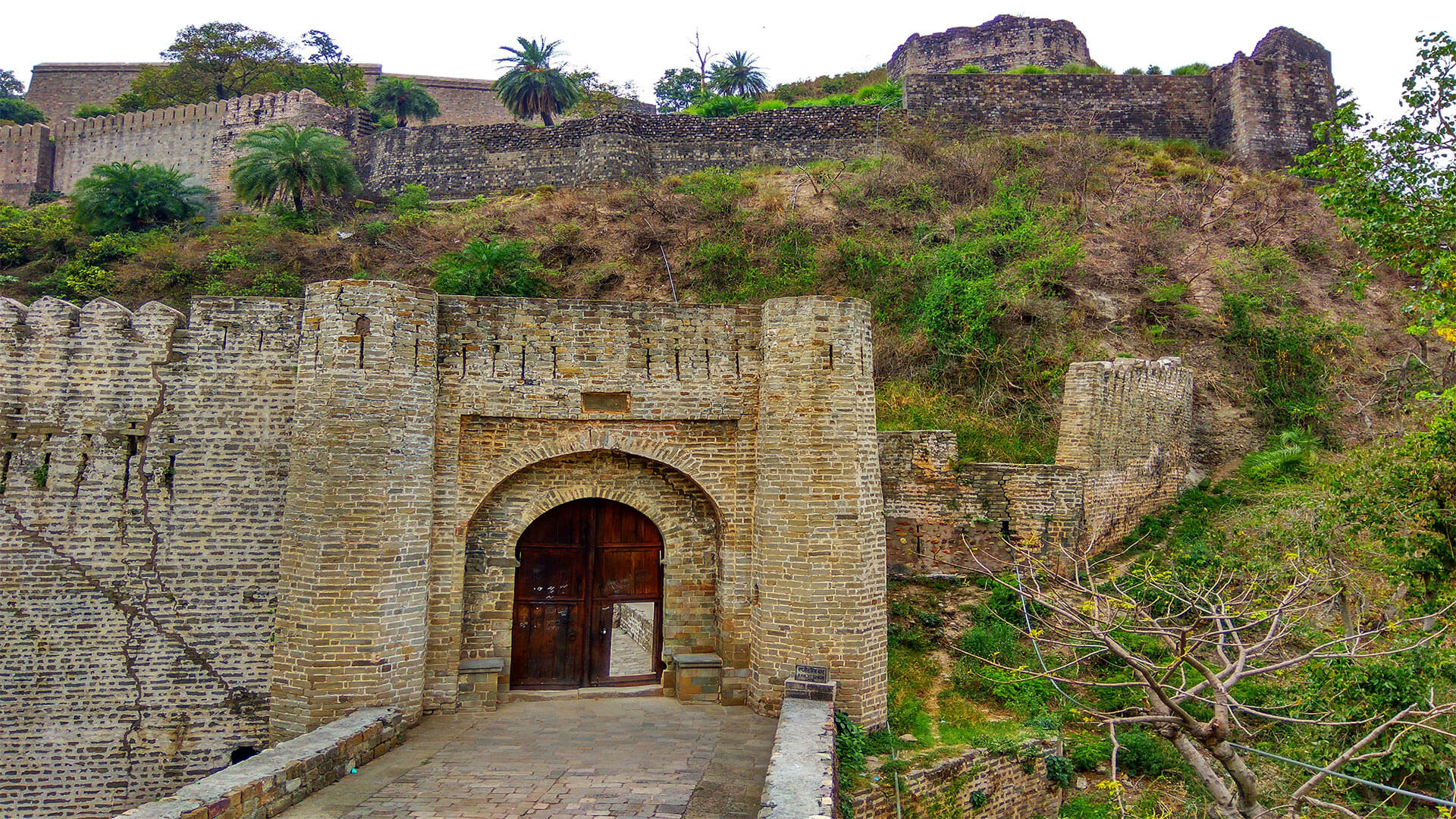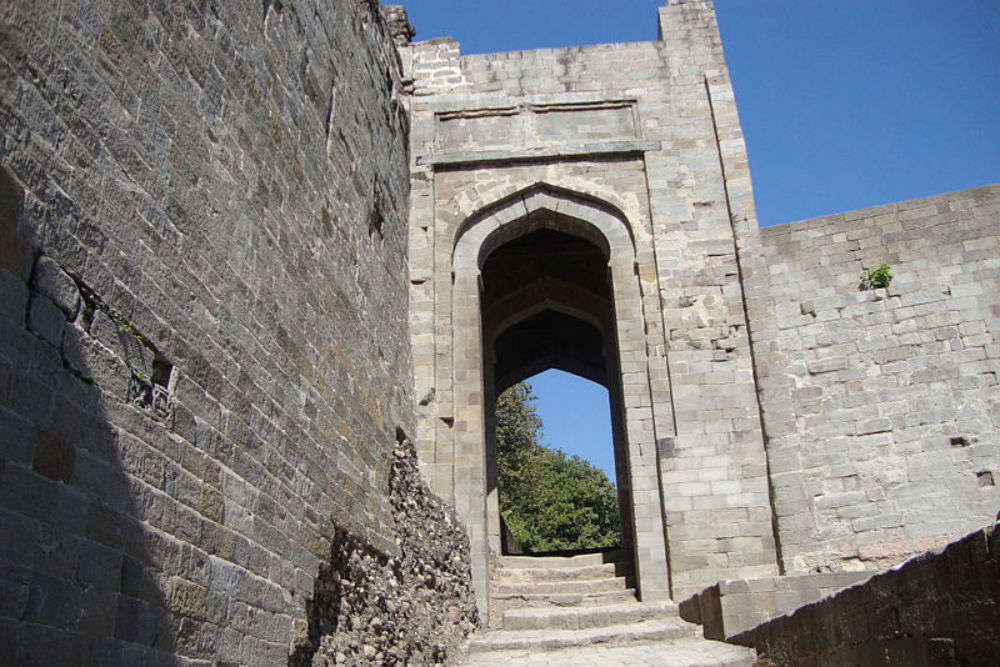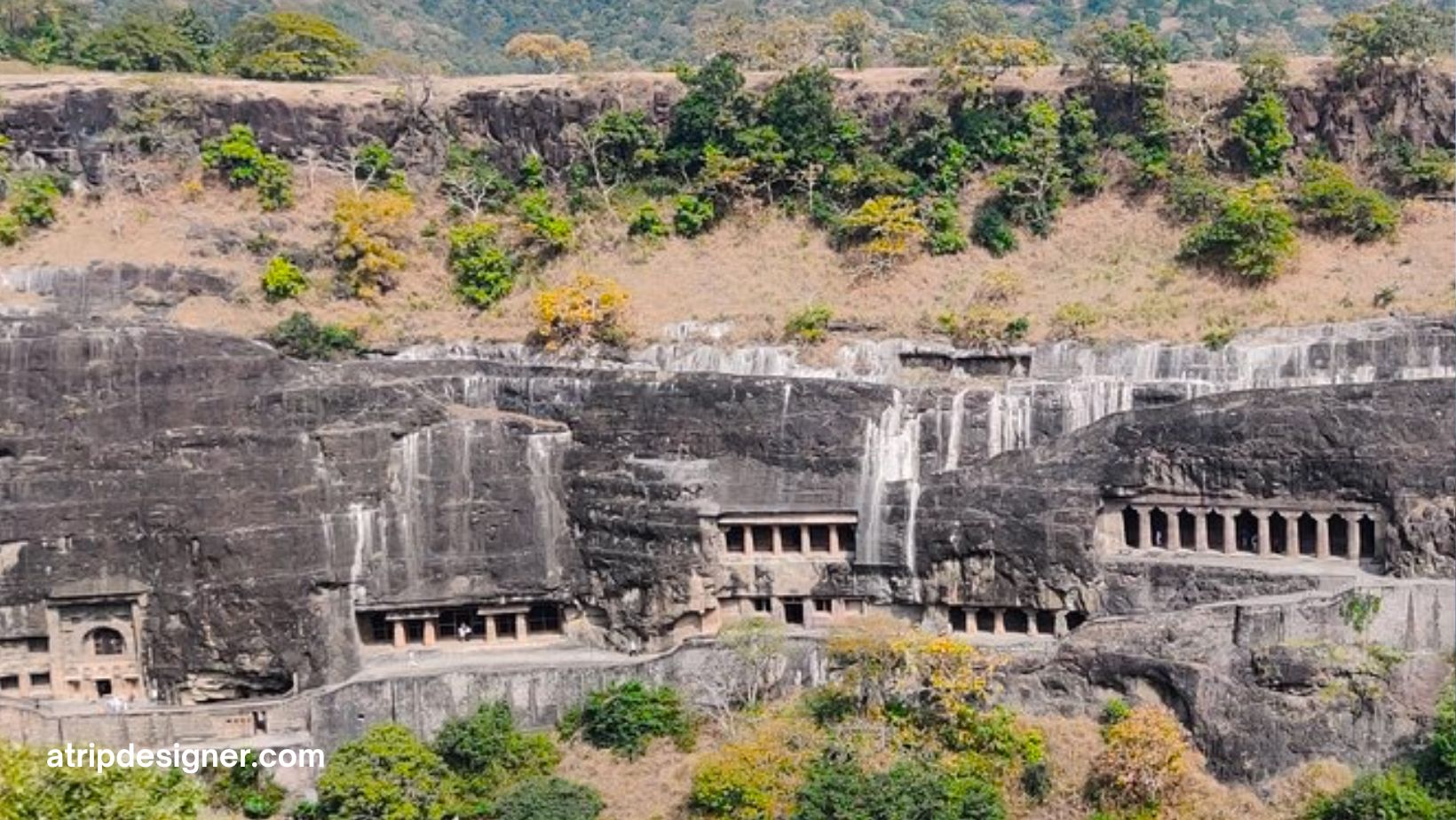Nestled amidst the majestic Dhauladhar Range in Himachal Pradesh, the Kangra Fort is a testament to India’s rich history and architectural grandeur. To truly appreciate this magnificent fort, one must not only explore its physical structure but also delve into its captivating history. In this guide on “Kangra Fort Explore,” we will embark on a journey to discover both the tangible and intangible aspects of this historic marvel, uncovering the secrets it has held for centuries and immersing ourselves in the stories that echo within its ancient walls.
1. The Magnificent Kangra Fort
Kangra Fort, alternatively referred to as Nagarkot or Kot Kangra, stands as one of the Himalayas’ most expansive and ancient fortresses. Its commanding stature and strategically advantageous position have rendered it a prominent focal point in the area for well over a millennium. The fort serves as a remarkable testament to the architectural and engineering prowess of ancient India, primarily built with stone and timber materials.
 Also read – Unveiling the Majesty of Delhi’s Red Fort: A Journey Through History and Culture
Also read – Unveiling the Majesty of Delhi’s Red Fort: A Journey Through History and Culture
2. Getting There
Prior to immersing yourself in the captivating history of Kangra Fort, it’s essential to make your way to the picturesque Kangra Valley. The closest significant urban center is Dharamshala, which boasts robust road connectivity to major cities such as Delhi and Chandigarh. Once in Dharamshala, you have the option to rent a taxi or board a local bus to access the fort, located approximately 20 kilometers distant.
3. Entry Fees and Timings
Based on the information I last received in September 2021, Kangra Fort typically welcomes visitors daily from 9:00 AM to 7:00 PM. The entrance fee for Indian visitors is usually affordable, whereas foreign tourists might encounter a somewhat higher charge. Nonetheless, I recommend double-checking the current operating hours and admission fees before organizing your trip, as these details could have undergone alterations.
Also read – Unlocking the Mysteries of Sinhagad Fort: A Journey through India’s Rich Fort Heritage
4. The Fort’s Layout
Kangra Fort encompasses a dual structure: an outer fort and an inner fort. The outer fort encompasses a spacious courtyard with a handful of edifices, while the inner fort houses the primary points of interest. Upon entering, you’ll be captivated by the majestic architectural beauty of the fort and the breathtaking vistas of the neighboring valleys and hills that unfold before you.
5. Exploring the History
When you step through the imposing entrance of the fortress, you’ll instantly embark on a journey through the annals of history. Kangra Fort boasts a storied past, tracing its origins to the ancient Gupta era approximately in the 4th century. Subsequently, it witnessed dominion by a multitude of dynasties, among them the Katoch rulers, the Mughals, and the Sikhs. The fortress even endured a siege by the British during the initial Anglo-Sikh War.
6. The Temples within the Fort
One of the most remarkable features of Kangra Fort is its collection of temples. The fort houses several ancient temples dedicated to different deities, including Ambika Devi, Lakshmi Narayan, and Jain temples. These temples are not only significant from a religious perspective but also showcase exquisite architecture and intricate carvings.
7. The Royal Palace
Within the inner fort, you’ll come across the remnants of the royal palace. While much of it lies in ruins today, you can still explore the courtyards, halls, and chambers that once echoed with the laughter and intrigues of royalty. The palace offers a glimpse into the lifestyle and opulence of the bygone era.
Also read – Exploring the Enigmatic Havelis of Jaisalmer: Unveiling History and Culture
8. Kangra Fort Museum
Don’t miss a visit to the Kangra Fort Museum, located within the fort premises. The museum houses a remarkable collection of artifacts, sculptures, coins, and historical exhibits that provide insights into the fort’s history and the Kangra region’s cultural heritage.
9. The Enchanting Views
As you ascend higher within the fort, the panoramic views of the Kangra Valley will leave you spellbound. The lush greenery, the majestic Dhauladhar Range in the background, and the serene Beas River winding its way through the valley create a picturesque backdrop that’s perfect for photography.
10. Tips for Exploring Kangra Fort

- Wear comfortable walking shoes as you’ll be exploring uneven terrain and climbing some steep sections.
- Carry sufficient water and some snacks, especially if you plan to spend a few hours exploring the fort.
- Respect the historical significance of the site by refraining from littering or defacing the property.
- Engage a local guide if possible; they can provide valuable insights into the fort’s history and legends.
Conclusion
Kangra Fort is not merely a historical monument; it’s a living testament to the rich tapestry of India’s past. Exploring this fort is like flipping through the pages of a captivating history book. The stunning architecture, the stories of valor, and the breathtaking views make Kangra Fort a must-visit destination for history enthusiasts and travelers seeking to immerse themselves in the rich heritage of Himachal Pradesh. So, pack your bags, lace up your hiking shoes, and get ready to unravel the mysteries of Kangra Fort while enjoying the beauty of the Kangra Valley.
Also read – Embrace Adventure: Exploring Nepal By Bike Tour












